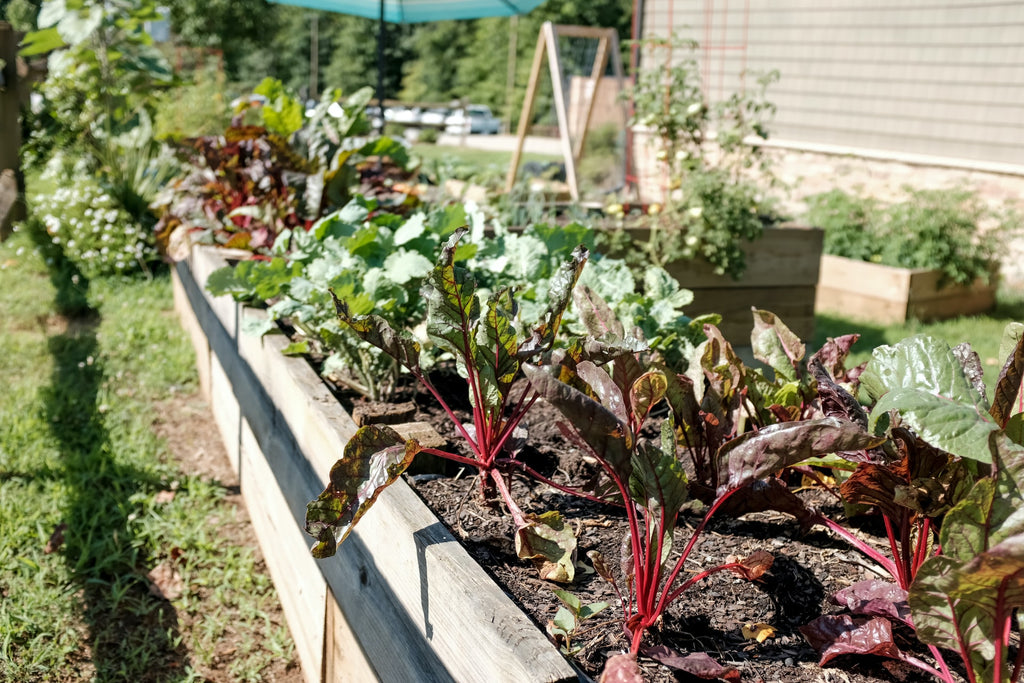It is nearly spring here in Oregon, but recent cold nights and snowy days remind us to relax and remember there is still time to plan for gardening this year. The beauty of gardening is that it is an all encompassing and expansive experience. It does not matter how much time or space you have, growing plants is always worth it. So if you are new to growing things or you want to have more direction in your garden, starting with a plan is very helpful.
The first thing in planning is to determine what your goal is. Do you want to reduce stress and amplify joy? Do you want to augment trips to the grocery store by growing fresh food for your loved ones? Are you passionate about cooking and want to experiment with new herbs and vegetables? Whatever your reason for gardening is, it is valid and I am so excited for the journey you are on.

After you have realized why you want to garden, the next thing to consider is what kind of space you have.
I know we live in all different size spaces and in all kinds of places. One of my first gardens was on a balcony in Montreal. We put a grow light in our bedroom and grew our seeds by the window and then planted everything in self-watering containers that we made from buckets and totes. We grew peas, cherry tomatoes and cucumbers. Since we lived on the second story our cucumbers trailed down off the balcony, curling towards our neighbors home. I loved every second of it!
So, where are you gardening? Will it be a balcony, your backyard or do you have acres to plant? Knowing the size of the space you are planting is important because it will help you decide what crops to plant. Another space related question is what kind of resource for starting seeds do you have, will it be in your windowsill or do you have a greenhouse?
Once you know the why and where of your gardening adventure, it is time to figure out when! If you live in the United States, locate a USDA Plant Hardiness Zone map to determine what growing zone you live in. Where Siskiyou Seeds is located in Oregon, we are in zone 8b. This information will help you purchase bulbs and perennials and help indicate what will do well in your region. It is important also to find out the estimated first and last frost date for where you live so you can time all your plant babies right and sow your seeds on time for them to flourish!
Now for the really fun part deciding what to grow. This is where we pull in those other factors, how much space do you have and what kind of things can grow well where you live. If you do not have space to start seeds inside like a greenhouse, I recommend choosing things that can be direct sown. There are lots of great plants that do not need greenhouses! Think peas, carrots, beans, melons, lettuce, beets, onions, winter squash, spinach, basil, parsley… the list goes on. You can direct seed most things.

If you have a small garden I recommend choosing things that give you the most yield to space ratio. Avoid things like broccoli that take up a lot of space for a long time, if you really love broccoli consider growing broccolini instead, as it is cut and come again. Employing techniques like companion planting and trellising vining plants can also help you maximize the space that you have.
Gardening is a great learning experience and each year you will gain more skill and more direction in your pursuits. If something does not work this year take note and try something different next year.
Happy Planting!
≈ by Taryn Hunter
More Resources:
The 100 Square Foot Garden by Scott Wilson. Free PDF download.


Comments (0)